
 |
|
|
Vegetables
Volume 62 Number 12 Date 07/20/2017 COLORADO POTATO BEETLE - Second-generation larvae are appearing on potatoes in the southwestern and west-central areas. Late-season control of this pest may be warranted if defoliation exceeds 30% during tuber formation. Treatments applied after egg hatch and before the majority of the larval population reaches the destructive fourth-instar stage are most effective. Potato growers who opt to chemically control the larvae should follow CPB resistance management guidelines by avoiding consecutive use of the same insecticide product or products with similar modes of action. SQUASH BUG - Counts of 1-2 egg clusters per plant were found on squash in a La Crosse County community garden, along with adult and nymphs. Handpicking the eggs and all squash bug stages from the undersides of leaves is suggested if only a few plants are infested, or dusting diatomaceous earth over plants may help reduce numbers. Levels that become intolerable can be spot treated with an organic insecticide or a pyrethroid, but insecticides are generally only effective against the small, newly hatched nymphs, and thorough coverage is critical. The economic threshold for this pest in one egg cluster per plant when vines are flowering. LATE BLIGHT - Disease severity value accumulations in the state's primary potato production regions (i.e., Antigo, Grand Marsh, Hancock and Plover) have far exceeded the late blight risk threshold, thus conditions are appropriate for disease development. Home gardeners and farmers, whether conventional or organic, should consider preventive fungicide applications to protect their tomatoes and potatoes. Registered fungicides for potato late blight in Wisconsin are listed at the UW-Madison Vegetable Pathology website: http://www.plantpath.wisc.edu/wivegdis/pdf/2017/May%2022,%202017.pdf. No cases of late blight have been confirmed in Wisconsin as of July 19. HOP POWDERY MILDEW - The confirmation of hop powdery mildew (HPM) in Dodge County by the UW on July 13 should signal to hop growers to begin closely monitoring production fields for disease symptoms. HPD is a very destructive fungal disease that can rapidly develop and spread throughout hop fields when temperatures are favorable (64-70°F), causing significant damage and crop loss. Unlike hop downy mildew, HPW infection does not require rain or wet foliage. Symptoms include white, fluffy fungal colonies that may appear on both the upper and lower leaf surfaces as distinct colonies or large, coalesced areas of fungal growth. Developing burrs become distorted and necrotic, while infected cones turn brown and exhibit reduced quality. Growers who suspect HPM are advised to submit a sample to the UW Plant Disease Diagnostic Clinic for confirmation. -- Krista Hamilton, DATCP Entomologist 
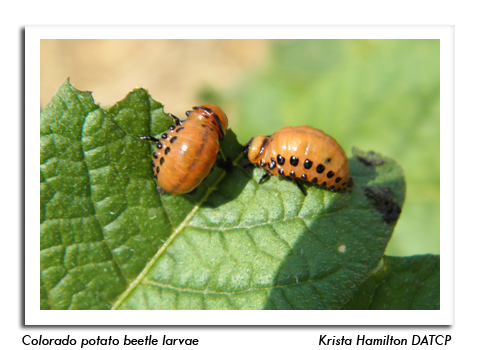
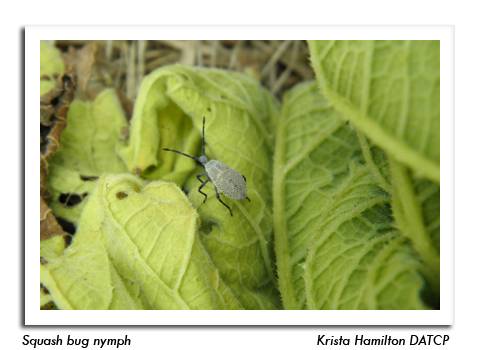
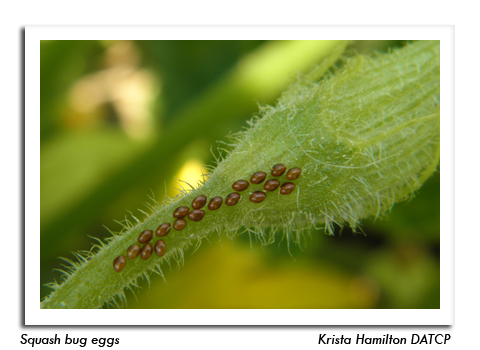
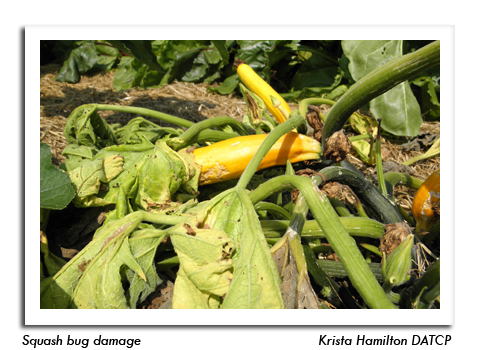
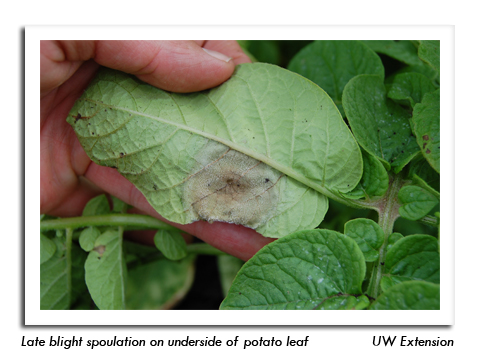
|
|
|